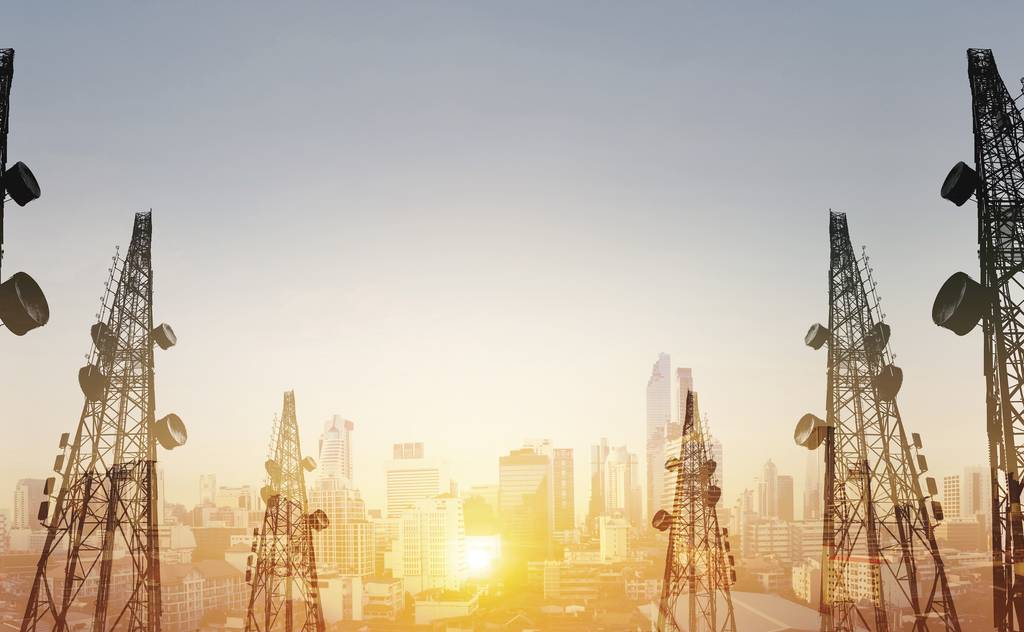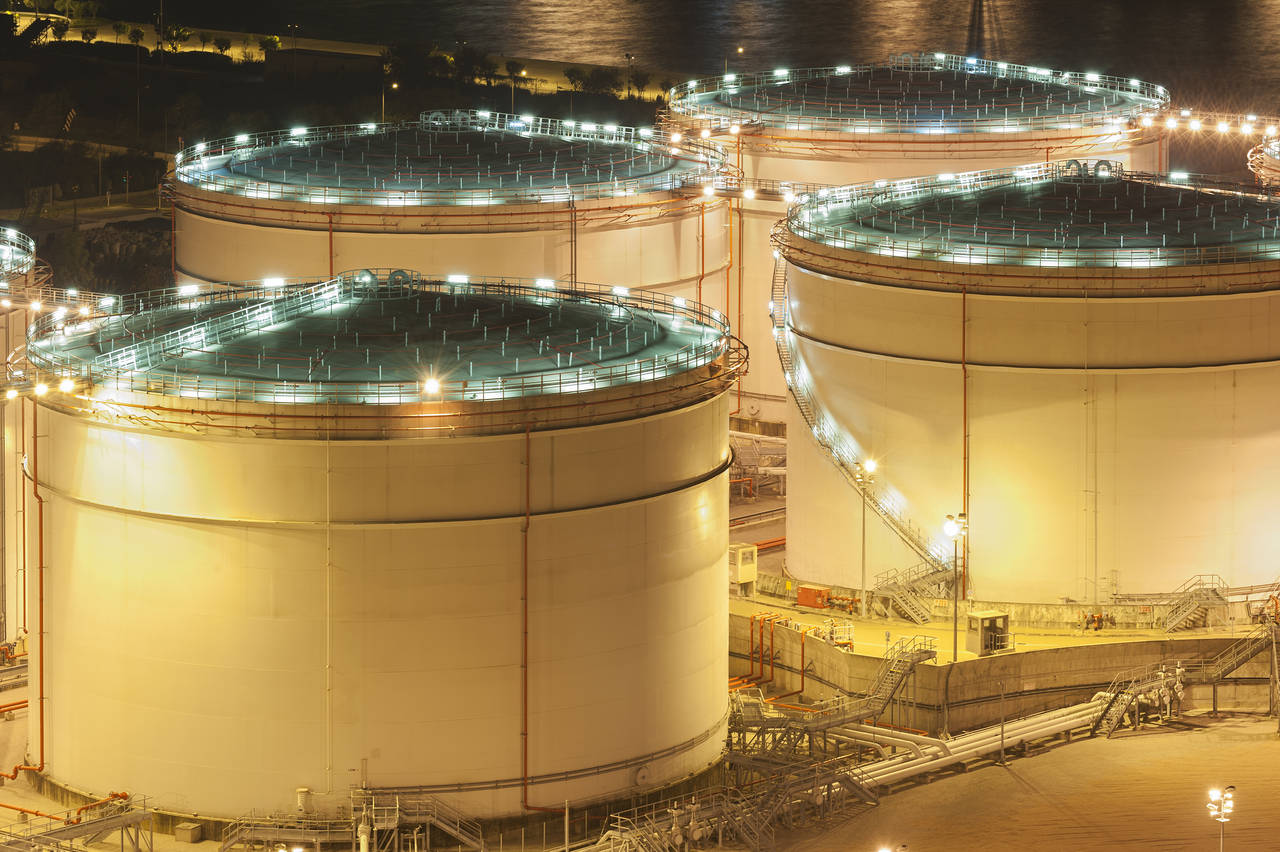2018 – An Auspicious Year in Francophone Sub-Saharan Africa

2018 has been a pivotal year for business in francophone sub-Saharan Africa. No longer can it be considered a forgotten region. On the contrary, it is displaying increasing vibrancy, through ground-breaking innovations, outward-looking collaborative partnerships, a determination to modernise and take its place on the world stage. Below are some illustrative examples of the region’s increasingly upbeat business dynamic.
January saw the year start with an important expression by the African Union (AU) of its resolve to eradicate corruption in all walks of life across the continent. At the 30th summit in Addis Ababa, 2018 was designated the year of combatting corruption, with member states being urged to implement the African Union Convention on Preventing and Combating Corruption and to strengthen their criminal justice systems and work together to ensure the effectiveness of anti-corruption laws and practices.
The January AU summit also saw the launch of the Single African Air Transport Market (SAATM), opening the way to the liberalisation of air transport across Africa. The SAATM is seen as a key to economic development and greater connectivity across the continent. Enhanced market access will allow the formation of partnerships and a wider range of options for travellers, bringing the promise of shorter travel times, increased passenger traffic, lower fares and a growth in tourism. However, to realise its full potential, the SAATM requires the widespread support of African states, as well as improvements in aviation infrastructures, safety and security, and the adoption of business models appropriate to a liberalised market.
January also saw Cameroon announce the opening of its licensing round for eight blocks in the hydrocarbon-rich Rio del Rey and Couala/Kribi-Campo basins. It was to be the first of several licensing rounds launched during the year, as African states sought to attract the interest of oil companies worldwide.
A further demonstration of the desire of African states to create conditions conducive to increased investment in the E&P sector was the intergovernmental cooperation agreement signed in February between Mauritania and Senegal, enabling the development of the Greater Tortue gas project that straddles their mutual maritime border.
March was a month of industrial innovation. In Burkina Faso, the world’s largest hybrid solar/thermal plant was opened, while Cameroon became home to the first ever floating liquefied natural gas facility converted from a former LNG tanker. The Burkina Faso plant was built to supply power to the Essakane gold mine. It demonstrates how renewable energy can be used to the advantage of the mining industry, especially in isolated, off-grid locations. The profitability of the Cameroon project has shown that such conversions way well offer a viable solution for exploiting marginal offshore fields in the future.
Also in March, alternative dispute resolution in the OHADA space took a leap forward with the entry into force of the revised Uniform Act on Arbitration Law, revised Rules of Arbitration of the Common Court of Justice and Arbitration, and the new Uniform Act on Mediation. These three instruments aim to align OHADA dispute resolution procedures with international standards, enhancing their clarity, efficiency, transparency and predictability. This is a welcome development that will be appreciated by the increasing numbers of businesses won over by the advantages arbitration offers for the resolution of international and technical trade disputes.
In June, the Congo Republic became the fifth country in sub-Saharan Africa to join OPEC, after Nigeria, Gabon, Angola and Equatorial Guinea. Also in June, the Democratic Republic of Congo’s new mining code came into force, introducing measures to increase state revenue from mining activities and ensure greater attention is paid to local needs, in keeping with the African Mining Vision agreed by African nations in 2009.
September saw the establishment of the first multilateral cooperation mechanism between China and Africa. The China-Africa Inter-Bank Association (CAIBA) aims to foster closer collaboration between Chinese financial institutions and African states in order to help meet the funding needs of African countries. CAIBA’s founding members include the China Development Bank and financial institutions in Africa, including the Congolese Rawbank.
Also in September, the Internet Society announced that it was partnering with Facebook to develop Internet Exchange Points (IXPs) throughout Africa. Currently, almost half of African countries have no IXPs, so they are reliant on international hubs located elsewhere in the world, which can lead to increased costs and result in poor connectivity. Increasing the number of IXPs will be a significant step towards expanding Internet use in sub-Saharan Africa.
In October, Power Africa released its annual report, describing some of the projects it has helped to fund as part of its work to create an enabling environment for energy projects designed to increase access to energy across the continent. In 2018 alone, Power Africa’s work has led to some 2 million homes and businesses acquiring new on-grid and off-grid energy connections.

In November, Madagascar, Gabon and the Congo Republic became the latest countries in sub-Saharan Africa to open licensing rounds for hydrocarbon exploration. Madagascar offers 44 blocks in the Morondava Basin off its western coast, Gabon 34 shallow and deep-water blocks, and the Congo 10 offshore and 8 onshore blocks. At the same time, Gabon is revising its hydrocarbons code, notably by including tax incentives to woo back investors repelled by the unfavourable conditions of the existing code. Further bidding rounds have been announced in other countries in the region, including Guinea. Expectations are therefore high that the hydrocarbons industry in sub-Saharan Africa is on the verge of major renewal and expansion.
While several African countries are seeking to exploit traditional sources of energy, great insistence was placed at COP24 in December on Africa’s potential for generating renewable energy. Africa has huge solar capacity and abundant hydro, wind and geothermal energy sources, which could make it the world’s leading generator of renewable energy in the future. Investment in infrastructure will be key to making this happen.
These are but a few examples of today’s increasingly vibrant business dynamic in sub-Saharan Africa. To take advantage of the many opportunities it offers, knowledge and experience of local economies, laws and business practices are essential. Active in all francophone sub-Saharan countries, John W Ffooks & Co offers such expertise and looks forward to accompanying its present and future clients in making the most of these opportunities in 2019.
Testing
Sources
- African Union, President Buhari of Nigeria launches the AU theme of the year 2018 on fighting corruption in the continent
- Aviation & Allied Business Publication, SAATM launch: sustenance will drive tremendous benefits for African operators
- MUTAA, Logistique Afrique: vers un espace unique aérien (MUTAA–SAATM)
- Petroleum Economist, Licensing rounds
- Reuters, Senegal, Mauritania agree to cooperate on giant offshore gas field
- Mining Review Africa, World’s largest hybrid solar / thermal plant switches on
- LNG World News, FLNG Hilli Episeyo ships its first cargo from Cameroon
- African Law & Business, The reform of OHADA's arbitration: a promise of greater efficiency?
- OPEC, Member Countries
- RFI Afrique, RDC: le nouveau code minier bouscule le secteur
- Le Nouvel Afrik.com, 16 banques africaines et la China Development Bank (CDB) ont signé un accord pour la création de l’Association interbancaire sino-africaine
- Internet Society, Press Release, Internet Society Partners with Facebook to Expand Internet Connectivity in Africa
- Internet Society, Press Release, Power Africa 2018 Annual Report
- African Development Bank Group, Why Africa is the next renewables powerhouse
